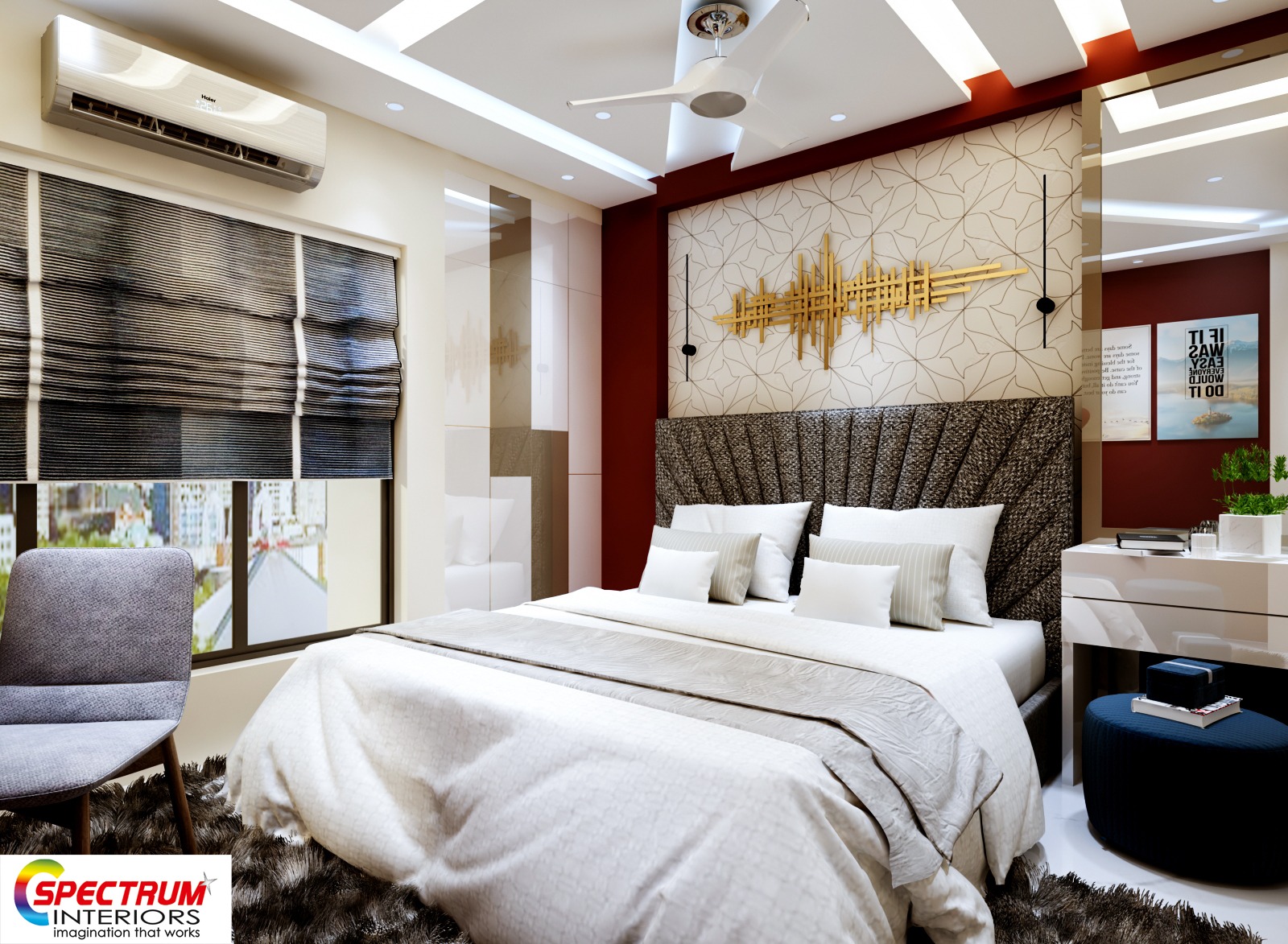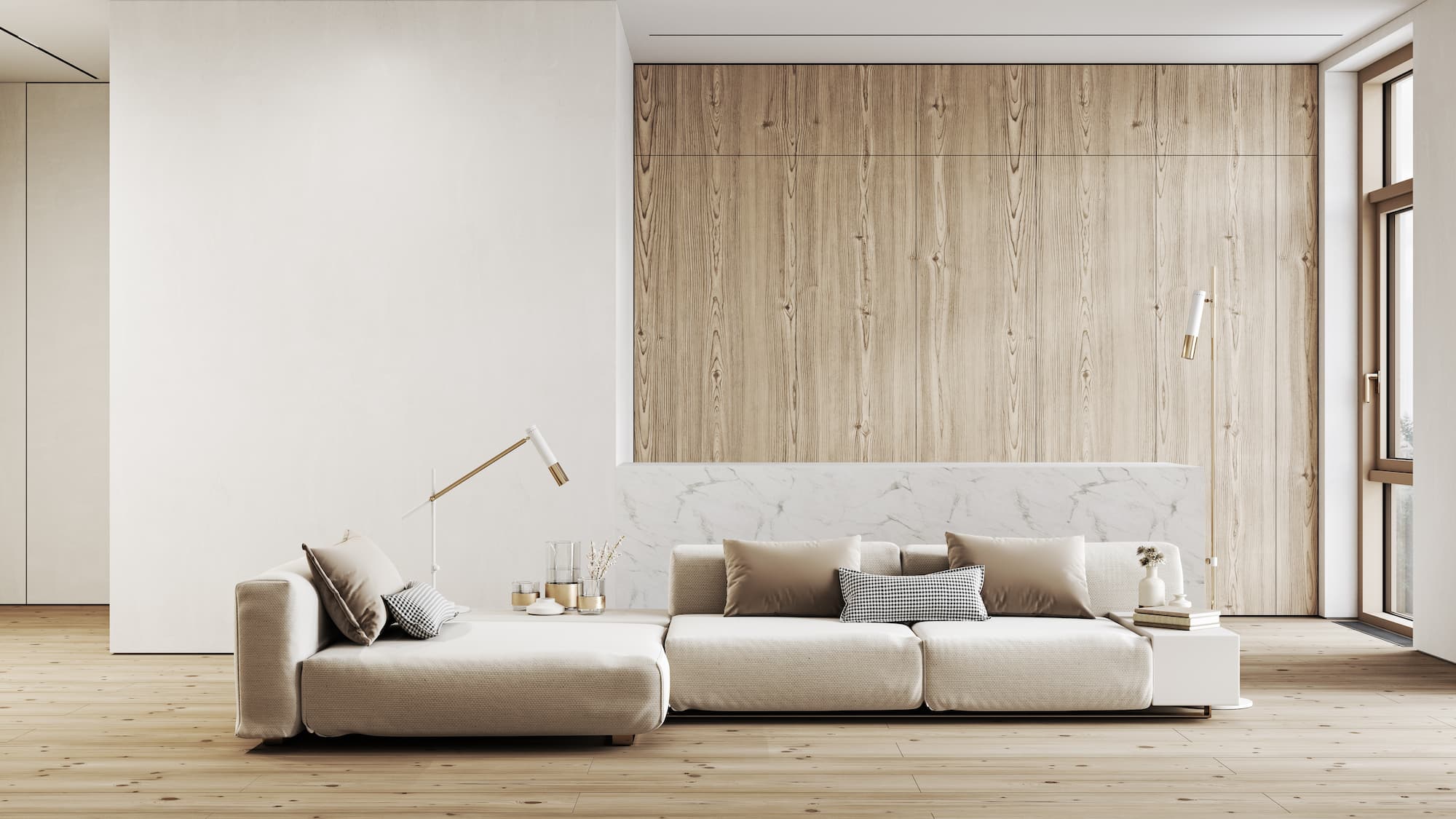Transform Your Home With Vital Principles of Interior Decoration and Appearances
By comprehending the impact of color concept and the importance of structure and patterns, one can create spaces that are not only aesthetically attractive but also deeply personal. Attaining this equilibrium includes more than mere decor; it encompasses a critical plan and a keen understanding of just how each element engages within a space.
Understanding Shade Theory
Shade theory is a basic element of indoor layout that considerably affects state of mind, perception, and total visual. Recognizing the concepts of color theory permits developers to create spaces that reverberate emotionally with residents while fulfilling useful needs (Architecture Firm). Colors can be categorized into 3 key kinds: key, secondary, and tertiary. Each category plays an important role in developing consistency within an area.
The emotional impact of shades is extensive; cozy hues such as reds and oranges evoke energy and warmth, while great tones like blues and greens advertise peace and serenity. Additionally, using complementary colors boosts visual rate of interest, developing striking contrasts that can elevate a room's appeal.
Neutral shades, on the various other hand, function as a versatile backdrop, allowing other design elements to shine. It is important to take into consideration variables such as lights and the area's objective when picking a shade palette, as these can alter the understanding of colors throughout the day.
Ultimately, a well-considered color design can transform an area, promoting a sense of comfort and style that aligns with the inhabitants' choices. Proficiency of color theory is, for that reason, an important skill for any kind of indoor designer aiming to produce harmonious and welcoming settings.
Achieving Balance in Layout
Just how can designers attain a sense of equilibrium in their areas? Achieving equilibrium in design is basic to developing unified insides.
Unbalanced equilibrium, on the other hand, counts on differing aspects that still accomplish a natural look. This approach enables for even more dynamic and casual arrangements, offering passion while keeping stability. By meticulously picking varying dimensions, colors, and structures, designers can develop a visually engaging space that feels balanced yet energetic.
Radial equilibrium highlights a main focal factor with elements radiating outward. This style is typically seen in round formats, where furniture and design develop a natural surround that attracts the eye inward.
Ultimately, accomplishing balance calls for thoughtful factor to consider of range, proportion, and the partnerships in between components. interior design firms. By masterfully using these equilibrium principles, developers can change areas right into settings that really feel both cosmetically pleasing and functionally unified, enhancing the general experience for residents
Relevance of Spatial Recognition

A keen sense of spatial understanding enables developers to identify centerpieces within an area, guiding the customer's attention to crucial functions while preserving a general sense of unity. It additionally aids in the critical placement of lighting, which can substantially affect the understanding of room and state of mind. Understanding spatial partnerships enables the designer to provide to the certain needs of occupants, making certain that each location offers its designated function without endangering aesthetic appeals.
Ultimately, spatial awareness is crucial for making best use of the potential of any kind of indoor next area. By thoroughly thinking about the interaction between dimensions, layout, and feature, developers can create settings that not just satisfy functional needs however likewise evoke a sense of comfort and charm, boosting the general living experience.
Integrating Texture and Patterns
Accepting a diverse series of textures and patterns can considerably improve the aesthetic and tactile charm of an interior area. The calculated use numerous products-- such as wood, metal, fabric, and rock-- creates deepness and passion, making a space really feel a lot more welcoming and vibrant. As an example, incorporating smooth surfaces with harsh appearances can establish a balance that attracts the eye and involves the senses.
When integrating patterns, consider both range and rep. Large patterns can function as prime focus, while smaller, subtle layouts can match other elements without overwhelming the area. Layering patterns, such as pairing flower cushions with striped tosses, includes intricacy and a feeling of harmony if carried out attentively.
It is likewise essential to preserve a cohesive color palette, guaranteeing that structures and patterns collaborate instead of contend for interest. By choosing a couple of key appearances and patterns, you can produce a merged aesthetic that shows your personal design while boosting the overall ambiance of the room. Ultimately, the mindful unification of these aspects can transform a mundane room right into an innovative setting abundant with personality and heat.
Personalizing Your Area
Creating an area that reflects your individuality is essential to achieving a really inviting setting. Customization in interior decoration enables you to infuse your unique style and interests into your home, changing it from a simple shelter right into a shelter that speaks with that you are. Begin by picking a shade palette that reverberates with your emotions-- vibrant tones can energize, while soft tones offer tranquility.
Incorporate art work and decoration that reflect your interests, whether it be traveling, nature, or abstract concepts. Showing personal collections, such as publications, photos, or souvenirs, can evoke valued memories and create centerpieces within a room. In addition, consider personalizing useful pieces, like upholstered furniture, to line up with your aesthetic choices.

Verdict
To conclude, the change of a home with the necessary principles of interior decoration and appearance necessitates a detailed understanding of color theory, equilibrium, spatial understanding, appearance, and customization. Each element contributes dramatically to producing a harmonious and practical living atmosphere - interior design firms. By attentively integrating these principles, individuals can improve the visual allure and psychological vibration of their spaces, ultimately cultivating a home that reflects one-of-a-kind identities while supplying comfort and functionality